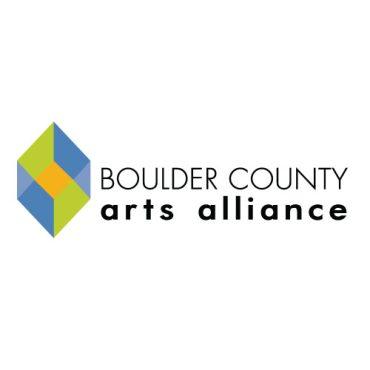Colorado has a higher number of STEM jobs–jobs in science, technology, engineering, and math–than the average in the United States. But at the moment, there are not enough Coloradans graduating with degrees in STEM fields to fill those jobs. KGNU’s Julia Caulfield reports on how the University of Colorado Boulder, along with other higher education institutions in the state, are trying to remedy the situation.
By 2020, it is expected that 74% of jobs in Colorado will require education higher than a high school degree, and 55% of those jobs will be in science, technology, engineering, and math–or STEM–fields. However, currently only 25% of Coloradans get higher education preparing them for STEM jobs.
As a result, higher education institutions around the state are trying to close that gap. CU Boulder recently received 300 thousand dollars from the National Science Foundation–NSF–to pilot an initiative aimed at making it easier for students studying in STEM fields to transfer between two-year institutions to four-year institutions.
Last week, faculty, staff, and administrators from institutions all across Colorado met for the first summit on the initiative. It’s called Creating Academic Pathways for STEM–or CAPS.
The initiative aims to underrepresented students have access to higher education in STEM fields, and prepare them for the Colorado workforce. This will, in part, be done by gaining scholarship funding for economically disadvantaged students. However, a large focus is streamlining the transfer process so students in STEM fields at community colleges can move to four-year institutions to further their degree.
Sarah Miller is the Assistant Dean for Inclusive Excellence at the College of Engineering and Applied Science at CU Boulder. She says the first step in making transferring easier for students is having institutions collaborate.
“It’s really trying to align our institutions because people are doing amazing things at the community colleges, and great things at the four-year schools, but they’re not always connected, it’s not always easy for students, particularly first generation college students to navigate how you transfer from one school to another, what courses count, what courses are worth taking at the community college if you’re majoring in this subject, what courses you should wait to take, and so just to make things really transparent and student friendly and navigable.”
Emily Hayden is currently a Junior level physics student at CU Boulder. She transferred from Colorado Mountain College. She says that in addition to streamlining the transferring process, it is also important that schools find ways to support students once they transfer.
“One of the biggest difficulties is going from a really small school to a really large school. You’re often transferring into classes with students who have been in the classes studying together for one to two years already, so it’s a little bit hard to create study groups, community, things like that. Other issues, there’s just a big change in the academic climate, it’s more difficult to get help with your classes, it’s more difficult to have personalized relationships with your professors, things like that.”
The initiative does intend to look at how to help students transfer, and how to support them once they do. But central goal of both these elements is helping minority students have access to STEM fields.
Former Lieutenant Governor Joe García, is president of the Western Interstate Commission for Higher Education, he says that it is imperative minority students have support in transferring between community colleges and four-year institutions.
“I’ve worked at a community college and at a Hispanic serving institution that was a university and a lot of our students came in with big ambitions but limited support. We need to figure out how to provide better support, better preparation so that they can be academically successful because we, frankly, need them in our workforce. Our current workforce is mostly white and getting older, our future workforce is young and getting browner. We need to address those changing demographics if we want to have an economically competitive state.”
Noah Finkelstein is a physics professor and co-director of the Center for STEM Learning at CU Boulder, he says the summit is just the first step for the CAPS initiative.
“It’s something that is not a one off event, it’s not even an 18-month event, this will be a multi-year endeavor, but I could image that in a decade we have transformed the landscape of higher education for our citizens, and for all members of our community and Colorado would serve as a national model about how community comes together.”
CU Boulder is currently working alongside, CSU, Colorado School of Mines, in addition to seven community colleges in the state.
With the current grant, CU Boulder is eligible to apply for an additional 12.5 million dollars from the NSF to continue the program. They also intend to apply for 5 million dollars from the NSF for scholarships to support students transferring.
-
 play_arrow
play_arrow
CU Boulder tackles STEM job gap Maeve Conran



















